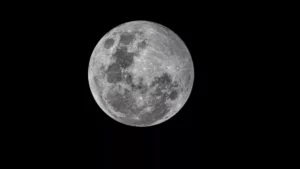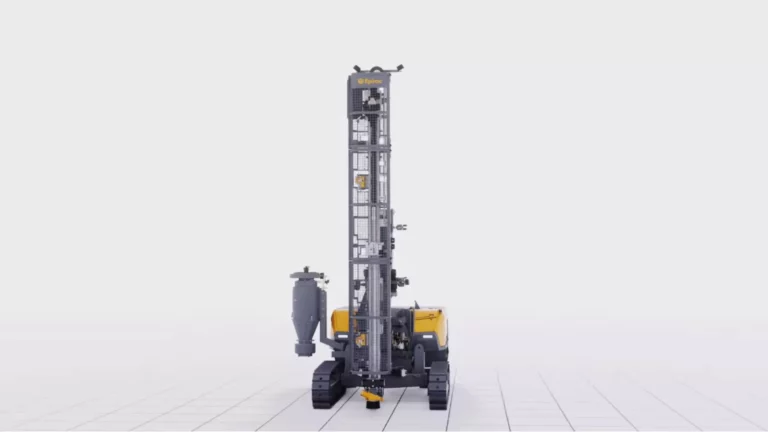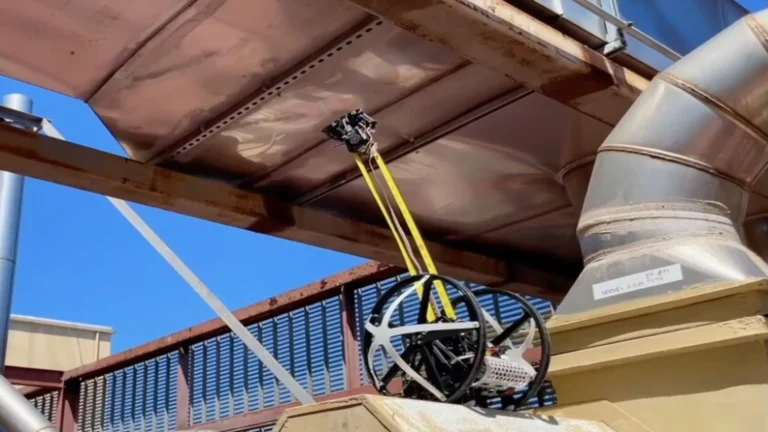Researchers at the California Institute of Technology’s Jet Propulsion Laboratory, in collaboration with an expert from Carnegie Mellon University’s Robotics Institute, have achieved a significant breakthrough with the creation of a snake robot destined to explore Enceladus, Saturn’s sixth largest moonas detailed in a study published in Science Robotics.
This device has been meticulously designed to navigate the diverse and icy landscape of Enceladus. Previous research revealed that the surface of this moon varies greatly, presenting flat areas, ridges formed by the collision of ice masses and craters resulting from asteroid impacts.
Recently, the discovery discovery of a subsurface ocean on Enceladus and the observation of water plumes in its southern region have and the observation of water plumes in its southern region have intensified the scientific debate about the possibility of life beneath its icy surface. The current study proposes the design and construction of a robotic prototype capable of investigating these questions, exploring Enceladus for signs of life.
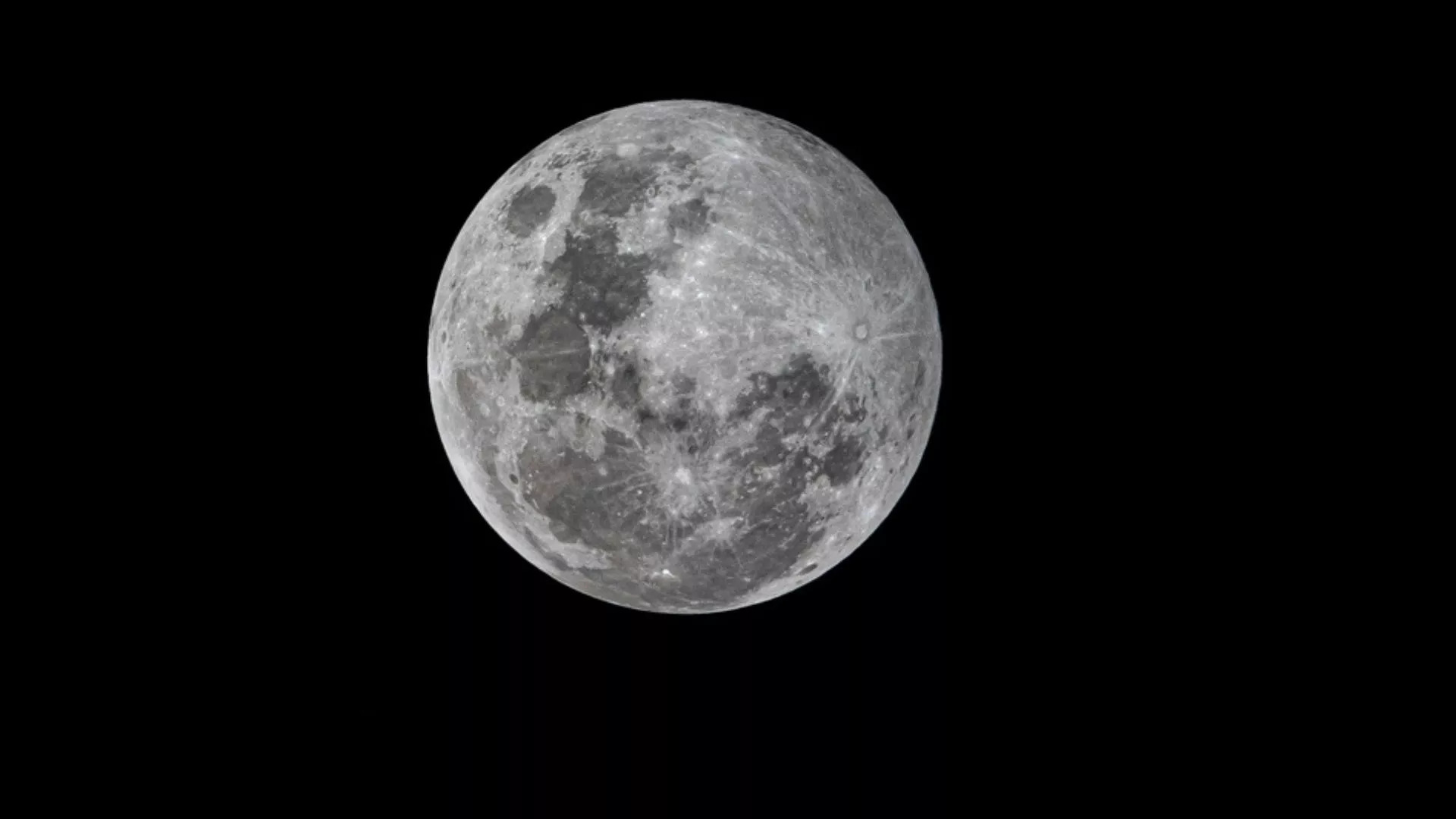


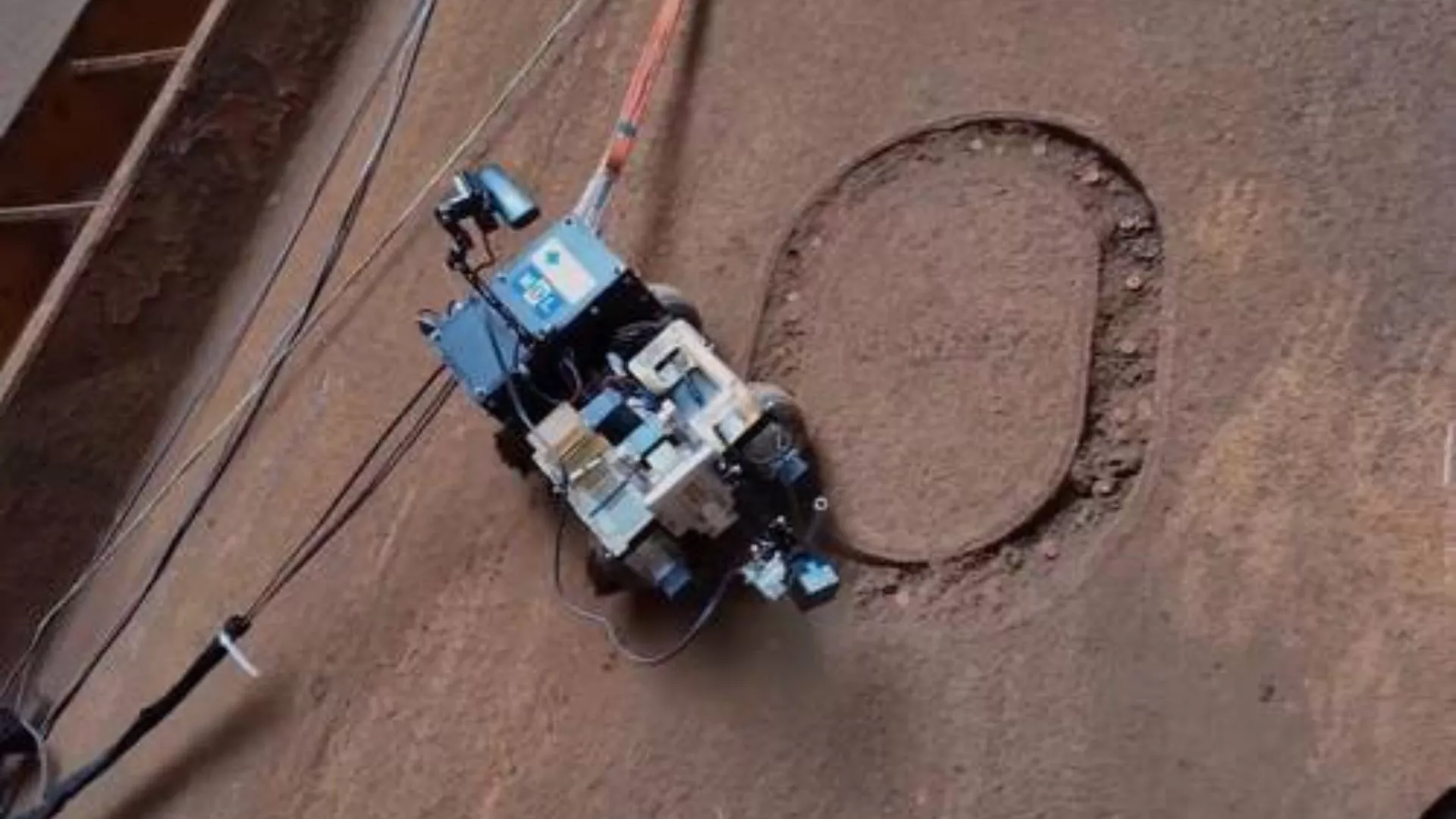

Design and functions of the EELS snake robot
It is important to note that the NASA team at the Jet Propulsion Laboratory is in charge of the development of this robot, named EELS (Exobiology Extant Life Surveyor). This is inspired by the need to descend Enceladus’ conduits to reach and explore its subsurface ocean, demonstrating a unique versatility to map, traverse and explore previously inaccessible places, both on Earth and on other celestial bodies.

EELS posee una movilidad independiente. Fuente: NASA Jet Propulsion Laboratory
The design of the robot, which is approximately 4 meters long, includes a head equipped with a computer and several segments that make up its body. These segments, connected by ball-and-socket joints, allow independent mobility, each with a worm-shaped exterior that facilitates locomotion.
The autonomy of EELS allows it to move by rotating its helical segments while scanning the ice for materials and signs of life. Equipped with multiple sensors and cameras, this robot can select its trajectory and, if trapped, has the ability to move in reverse.
The team has also endowed EELS with exceptional endurance, preparing it to overcome terrain challenges and withstand the low temperatures that average -198°C at the lunar equator. Tests conducted in the laboratory, in a sandy location and on the Athabasca Glacier in Alberta, Canada, have confirmed its success.
The exploration of this satellite by EELS could open new horizons in our understanding of the universe. By discovering life forms or biological evidence in this remote environment, we would not only confirm the existence of extraterrestrial life, but also gain valuable insights into the adaptability of life in extreme conditions, expanding our knowledge of extraterrestrial biology and the possibilities of habitability on other worlds.
Don’t miss any of our posts and follow us on social media!
Inspenet.com YouTube LinkedIn Facebook Instagram
Source: techxplore.com
Photo: shutterstock








